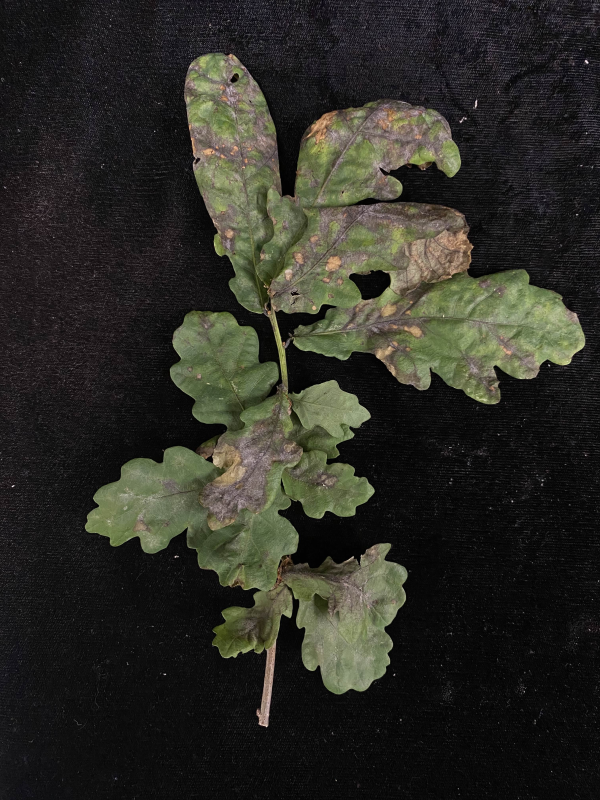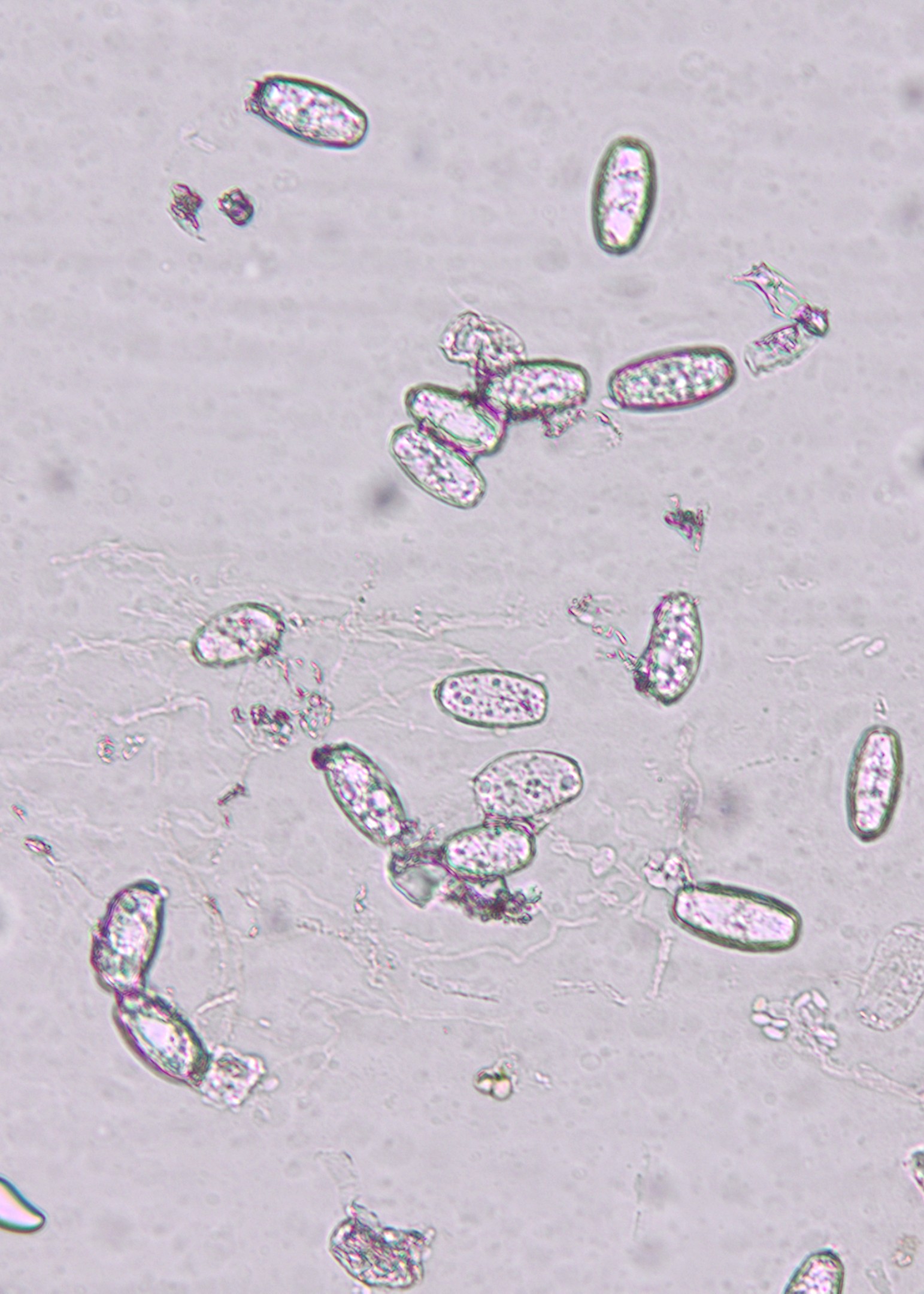
Powdery Mildew of Shade Trees
Pathogens
Erysiphe spp., Phyllactinia spp., and Podosphaera spp.
Hosts
Many different fungi can cause diseases that are known as powdery mildew. Each of these related fungi has a limited host range. Shade trees susceptible to powdery mildew include maples (Acer), dogwood (Cornus), oaks (Quercus), and lilacs (Syringa).
Signs and Symptoms
Powdery mildew is characterized by fluffy, powdery, white-grey mycelial mats on the surface of infected areas. Early symptoms may appear as small yellow or necrotic lesions. In some cases, the entire leaf may show mild discoloration (yellow or off-green) and premature drop. Powdery mildew is rarely fatal to trees, unlike in some ornamental plants, which often do not recover from severe infections.

Spread
Spores are easily dispersed by wind and air currents. Humid nights and warm, dry days promote spore production and release. Shaded areas and dense canopies promote sporulation, while UV light inhibits the pathogen. Some powdery mildew fungi require high humidity to germinate and infect, while others can germinate in low humidity conditions.
Management
Effective powdery mildew management combines several strategies. It is important to ensure good air circulation, spacing between branches and other trees, and allowing enough light to penetrate the canopy. Pruning dense branches will help improve airflow throughout the canopy and sunlight exposure. Infected areas of the plant may also be pruned to limit spread. Fungicide applications may be necessary for younger plants, and both systemic and protective products can be used. Fungicides should be applied to new growth before infection occurs and reapplied according to the label instructions.
Note: There are certain powdery mildews that may develop resistance to fungicides. Fungicides will not cure existing infections. It is best to prune off any current infected areas.
All content and images on this page were prepared by Lola Lindecker, Undergraduate Laboratory Intern.



 Print
Print Email
Email




